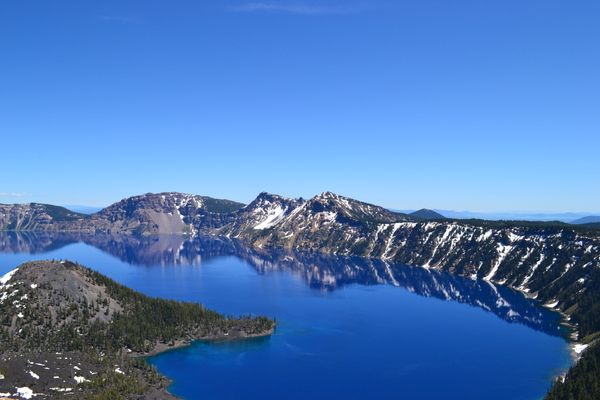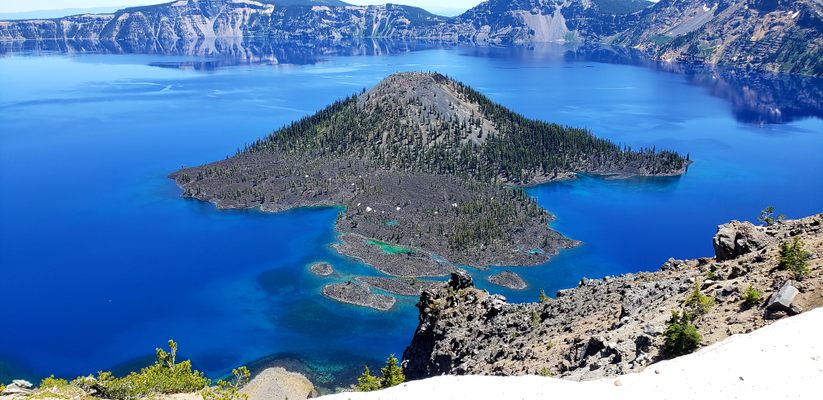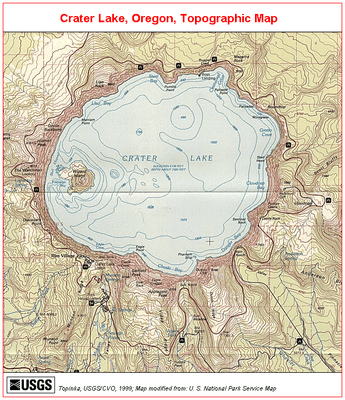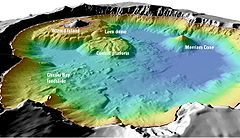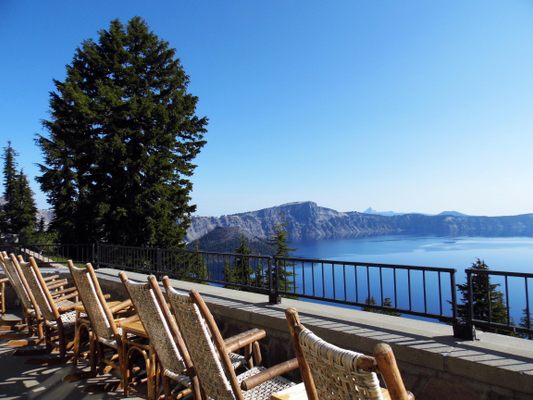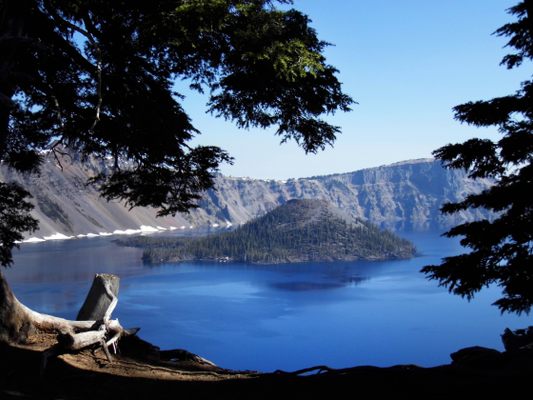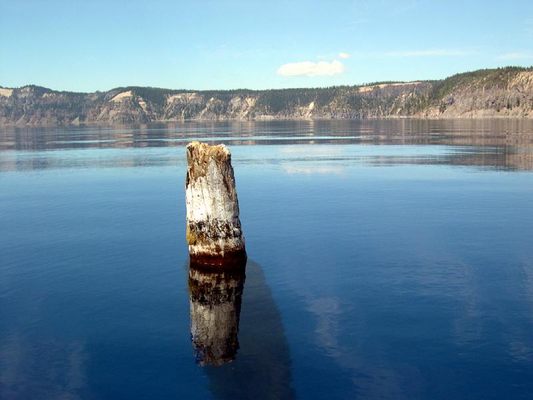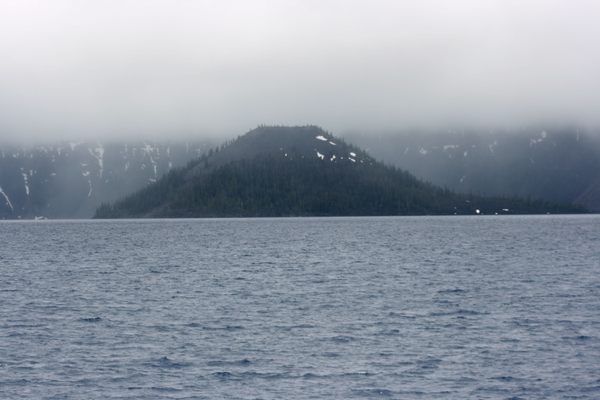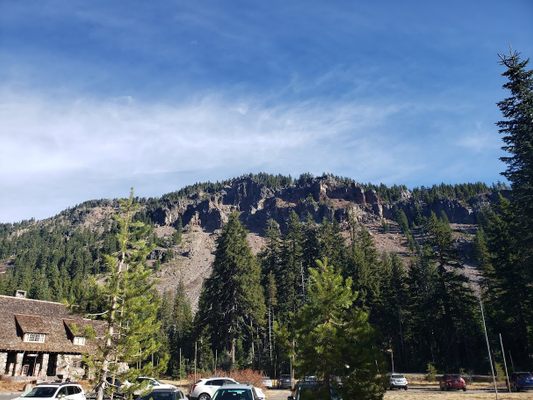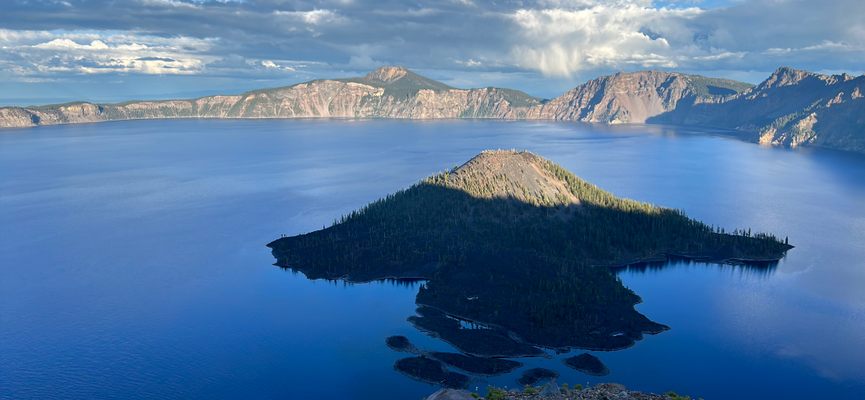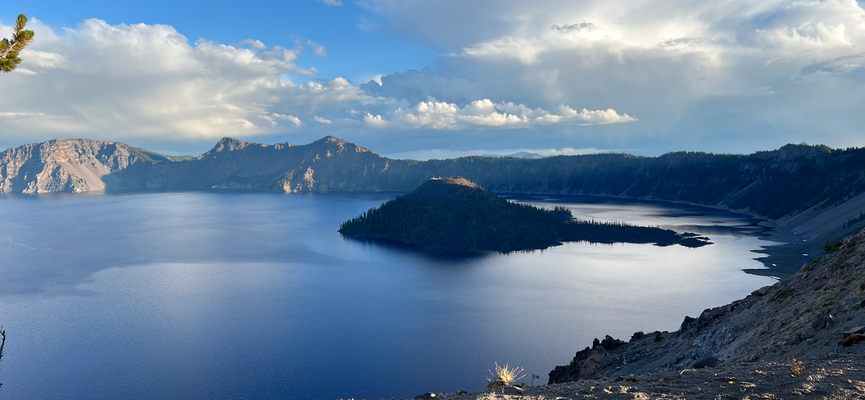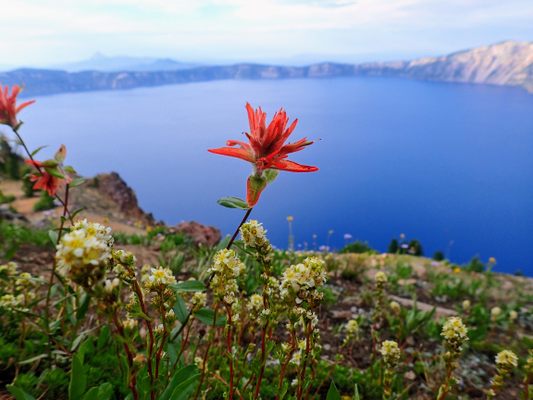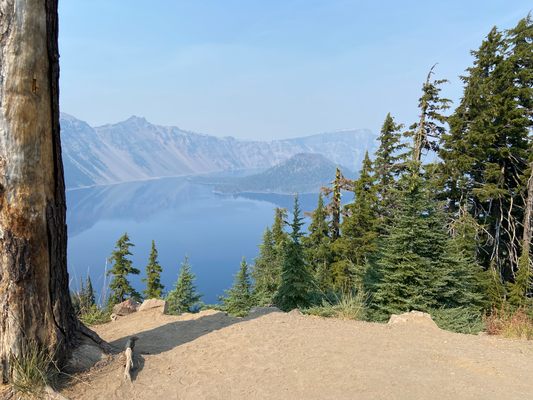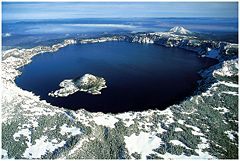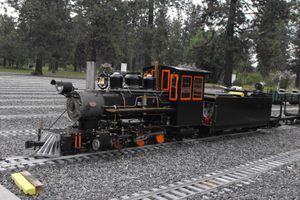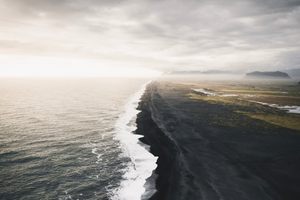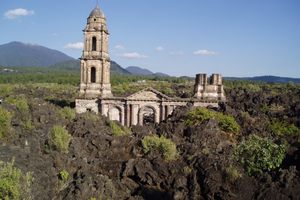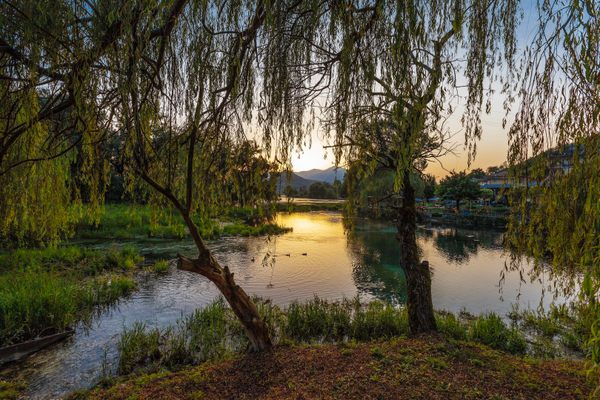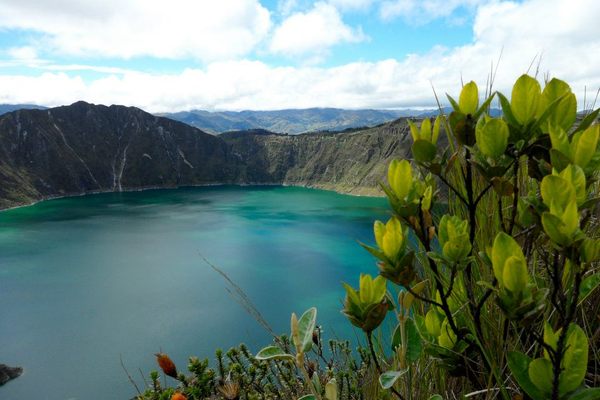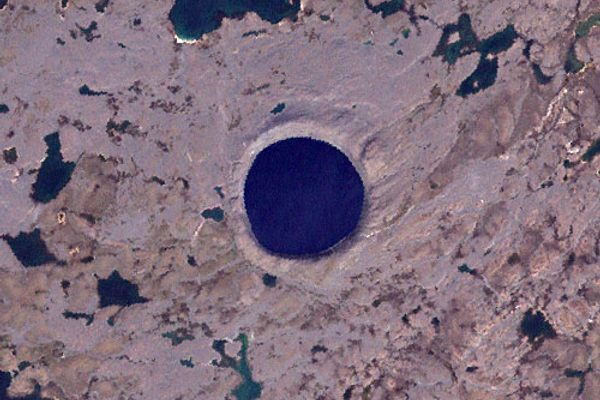About
Crater lake has been known by a number of names. It was first known (to non-Native Americans anyway) as "Deep Blue Lake," as named in 1853 by its "discoverer," John Wesley Hillman, an American prospector. Later, in 1885, it was dubbed Lake Majesty, and finally Crater Lake.
Today Crater Lake and the Crater National Park that surrounds it are popular destinations for hikers and campers, but it was once the site of enormous geological upheaval, and one of the largest volcanic eruptions ever witnessed by people. One of which was so terrifying and awe-inspiring that it has been recorded in the legends of the region's Indigenous peoples.
Roughly 7,700 years ago (humans having arrived to the Americas at least 14,000 years ago), a volcanic mountain, posthumously named Mount Mazama, exploded with forty two times the force of Mount St. Helens, or put another way, the force of a very large hydrogen bomb. The 11,000-foot-tall mountain blew some 5,000 feet of its top off and collapsed in on itself. After it cooled, it left a 1,949-foot-deep, five by six mile-wide crater where there had once been a mountain. So large was the crater that, as the crater filled with 4.6 trillion gallons of rainwater, it was transformed from crater into the deepest lake in the United States, and the ninth deepest in the world.
With such a dramatic display, it is no surprise that the Klamath tribe, who would have been living to the southeast of the mountain, took serious note. They have a distinct legend about Crater Lake that has been passed down for 7,700 years. The other Native American tribes of the area also have myths relating to the eruption, though with different gods and mythology. The Klamath myth takes the form of a great battle between a fiery underworld god known as Lla-O and a sky god known as Skell. The war is described by a Klamath chief as such:
"With such a sound as had never before been heard, the throne rock of Lla-O burst upward and outward, and great objects and smaller fell through the air, bearing with them the very stars of the heavens. Full seven days no sun was seen and there was no way to tell this day from another, and there was no light save the glare of the flaming mountains, and every day of those seven days the yellow water-smoke took toll in agony from those that could not live."
The legend includes many other elements including the fact that "two holy men offered to sacrifice themselves by jumping into the pit of fire on top of Lla-O’s mountain," as well as the story of a last battle. This final tale explains the volcanic formation of "Wizard Island," a mini-volcano with its own mini-crater lake—known as the Witches Cauldron—which rises from the larger Crater Lake.
Besides Wizard Island, Crater Lake is known for a number of other features, including the 100-year-old "Old Man of the Lake," a full-sized hemlock tree that has been stuck vertically in the lake since at least 1896, and Phantom Ship Rock. The rock is named for the fact that in fog, it looks very much like a ship.
Related Tags
Know Before You Go
From Roseburg: Route 138 east to the park's north entrance. From Bend: Route 97 south to route 138 west to the park's north entrance. From Medford: Route 62 north and east to the park's west entrance. From Klamath Falls: Route 97 north to route 62 north and west to the park's south entrance.The park's north entrance is typically closed for the winter season from mid-October to mid-June. Access via Highway 62 and Munson Valley Road is available year-round, though subject to temporary closure due to inclement weather. The entrance fee to the park is currently US$15. You can also go swimming in Crater Lake. There's one access point (Cleetwood Clove Trail) which leads you to 1.1 trail down to the lake. It's a 700-foot descent, so be prepared for the hike.
Community Contributors
Added By
Published
April 23, 2010
Sources
- http://en.wikipedia.org/wiki/Crater_Lake
- http://vulcan.wr.usgs.gov/Volcanoes/CraterLake/Locale/framework.html
- http://www.craterlakelodges.com/press-room-247056252-818_1394.html (Crater Cam takes a new picture of the lake every 15 minutes!)
- http://www.nps.gov/crla/index.htm
- http://en.wikipedia.org/wiki/Old_Man_of_the_Lake
- http://www.oregon.com/southern_oregon_attractions/crater_lake_national_park
- http://en.wikipedia.org/wiki/Wizard_Island
- http://www.nps.gov/archive/crla/hrs/hrsae.htm
- http://en.wikipedia.org/wiki/Llao
- http://en.wikipedia.org/wiki/Mount_Mazama
- https://www.nps.gov/crla/planyourvisit/things2know.htm
- https://www.nps.gov/crla/planyourvisit/fees.htm






